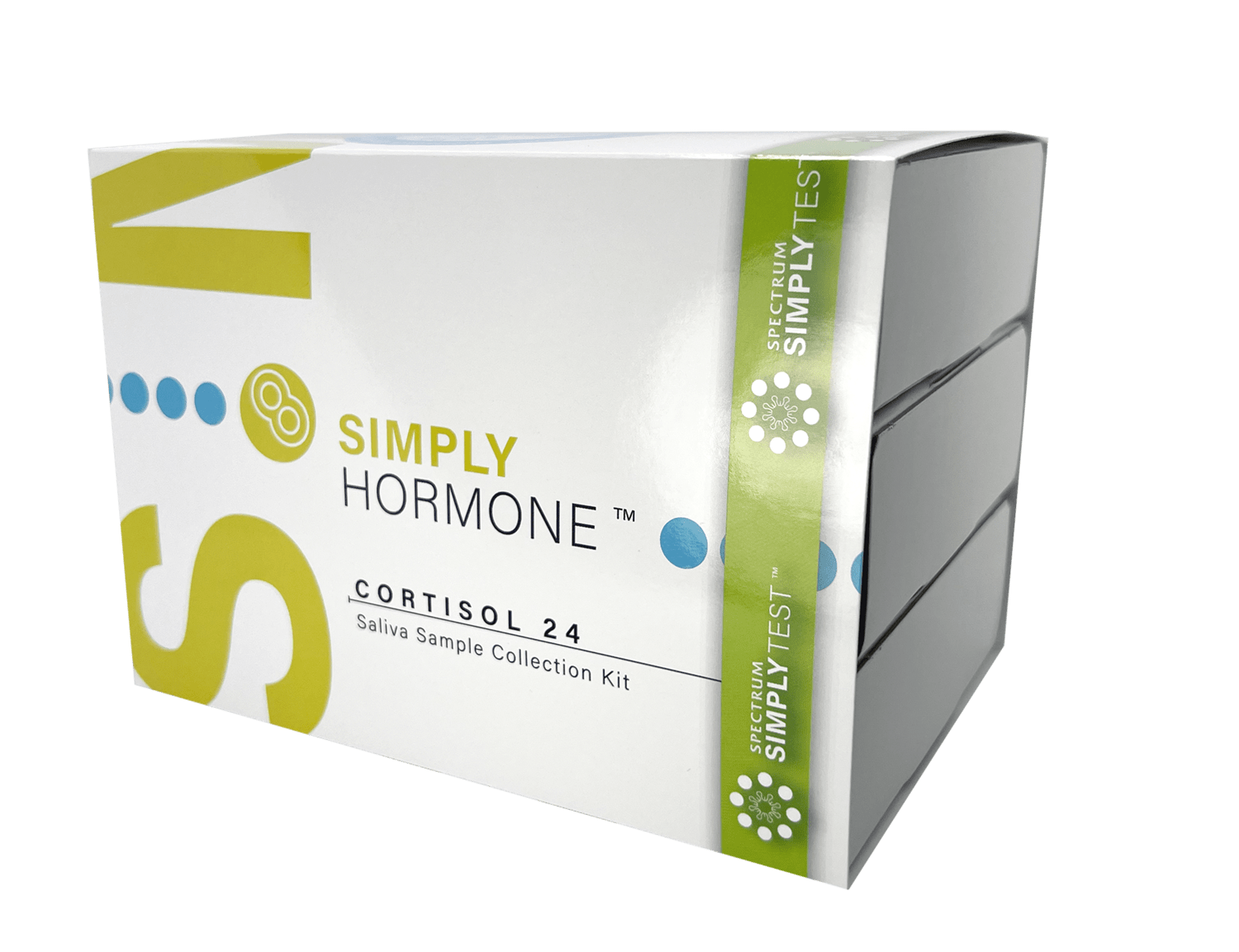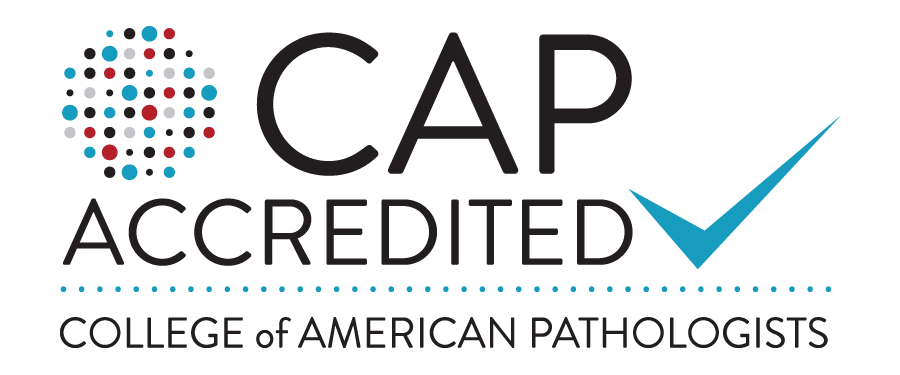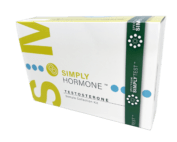CORTISOL-24
CORTISOL-24
WHY CHOOSE
SIMPLY HORMONE?
WHY CHOOSE
SIMPLY HORMONE?
Patients prefer the pain-free, non-invasive, and ease-of-use saliva testing offers. Unlike blood testing, hormone testing using saliva is not only easy and pain-free, it also has the unique ability through sensitive molecular testing to accurately measure the current bioavailable amount of hormone available to your body’s target tissues. For this reason, saliva testing better relates to specific symptoms of excess and deficiency.
- Saliva testing is a consistent, highly accurate, & dependable method for measuring free testosterone levels.¹
- Saliva can be used in a clinical setting to diagnose and monitor treatment of hormonal disorders.²
- SimplyTest saliva sample preservation buffer increases test precision, accuracy, and assay reproducibility.³
- Saliva collection avoids the stress impact a blood draw can have on hormone levels.
- Reports demonstrate an increase in overall test participation & ongoing compliance with frequent testing regimens when saliva is offered.⁴
[1] Keevil, B. G., MacDonald, P., Macdowall, W., Lee, D. M., Wu, F. C., & NATSAL Team (2014). Salivary testosterone measurement by liquid chromatography tandem mass spectrometry in adult males and females. Annals of clinical biochemistry, 51(Pt 3), 368–378. https://doi.org/10.1177/0004563213506412[2] Hammerich, K. H., Donahue, T. F., Rosner, I. L., Cullen, J., Kuo, H. C., Hurwitz, L., Chen, Y., Bernstein, M., Coleman, J., Danila, D. C., & Metwalli, A. R. (2017). Alkaline phosphatase velocity predicts overall survival and bone metastasis in patients with castration-resistant prostate cancer. Urologic oncology, 35(7), 460.e21–460.e28. https://doi.org/10.1016/j.urolonc.2017.02.001[3] Alimetrix 2023, Testosterone Assay Validation Summary[4] Dhima, M., Salinas, T. J., Wermers, R. A., Weaver, A. L., & Koka, S. (2013). Preference changes of adult outpatients for giving saliva, urine and blood for clinical testing after actual sample collection. Journal of prosthodontic research, 57(1), 51–56. https://doi.org/10.1016/j.jpor.2012.09.004

FAQ’s
Frequently Asked Questions















